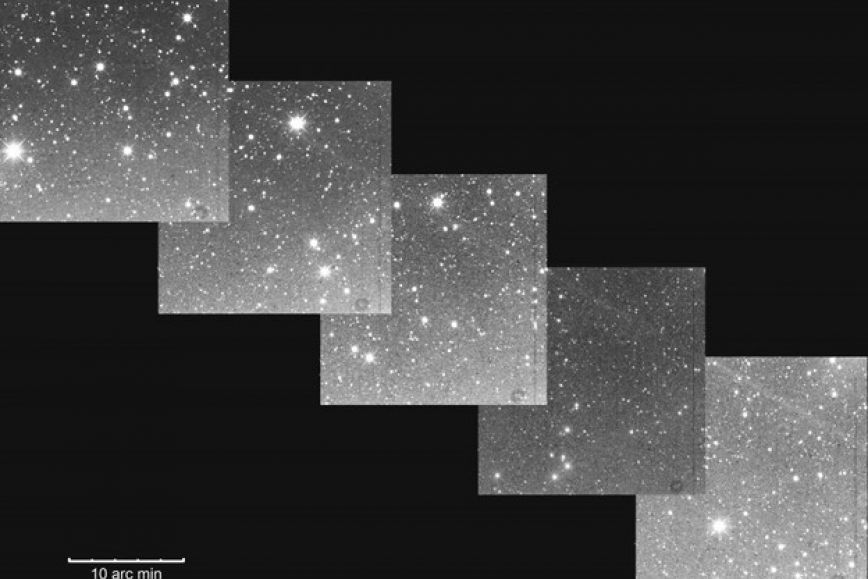The largest known outburst by a comet thus far was by 17P/Holmes. The outburst took place in October 2007 and it was characterized by enormous sudden increase in brightness of the comet by a factor of 1 000 000. The comet was not only visible to the naked eye - it briefly became the largest sized object in the entire Solar System.
“A vast number of particles that were ejected from the comet’s coma during the outburst spread into elliptic orbits around the Sun, offering a unique opportunity to study the cometary material and its dispersion in interplanetary space. To fully understand the physics and the extent of the outburst phenomenon, we have developed a new model to realistically describe the evolution of cometary dust trails”, explains Maria Gritsevich, senior researcher at the Finnish Geospatial Research Institute.
Scientists have studied the dynamics of the dust trails produced by the comet outburst, and based on their model, they predict a two-revolution dust trail should be detectable by using even modest ground-based telescopes in August 2022, starting already from the end of July. Also amateur astronomers can observe the dust trail with at least a 30 cm telescope equipped with a CCD-camera using image subtraction method.
"I have been modeling well-known meteor streams, such as Leonids, starting from 2000 using modern simulation methods. In this study we have modeled also the exact outburst event of the comet 17P/Holmes and the propagation of produced dust particles of the dust trail with high precision. This is the first time that these two models are combined and in this kind of high-precision way they resulted in the novel powerful model", says Markku Nissinen, member of the Finnish Fireball Network at the Ursa Astronomical Association.
Particles re-converging again at the original outburst site
In full orbit revolution the particles re-converge again at the original outburst site. It was possible to obtain the observations of the dust trail when it passes the both nodes that yielded first direct observation of the hourglass pattern formed by the particles in the trail of a comet.
The particles converging in the far-side node are best observed 2 times a year, when Earth is crossing the comet's orbital plane.
The study is a part of the 4 years Planetary Spectrometry project supported by the Academy of Finland and led jointly by the University of Helsinki and the Finnish Geospatial Research Institute FGI. Space geodesy is an integral part of the research at the department of Geodesy and Geodynamics at FGI, that utilizes modern observing techniques, develops computational methods, and engages in interpretation of data about objects in space.
Read the full story detailing fates of the particles released in the outburst of the comet 17P/Holmes.
More information
Maria Gritsevich, Adj. Prof. Ph.D. Senior Research Scientist, FGI +358 50 301 6441 firstname.lastname@helsinki.fi
Markku Nissinen, Specialist, Finnish Fireball Network and Meteor Group, Ursa Astronomical Association, +358 400 463917, firstname.lastname@protonmail.com

